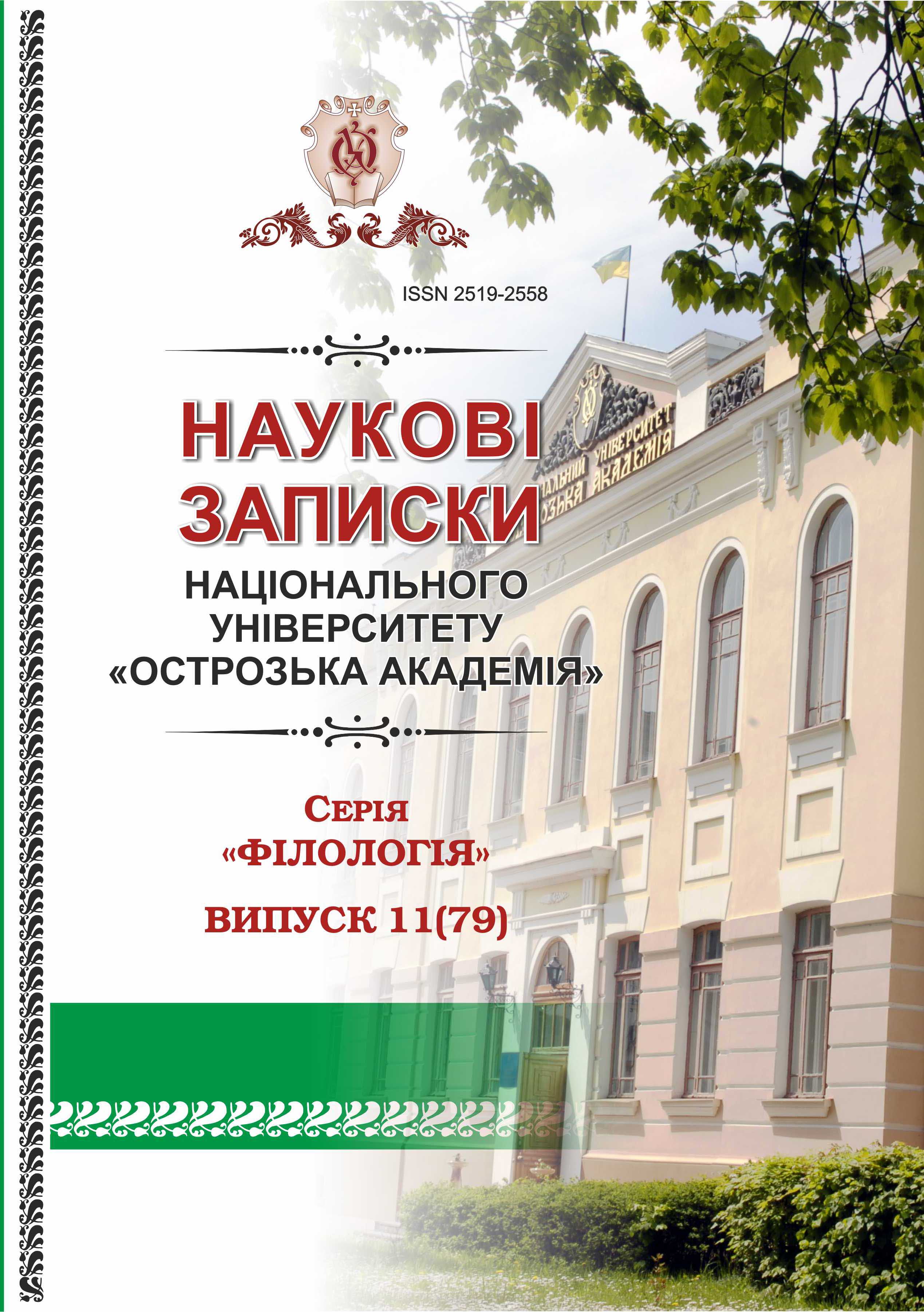THE RETROSPECTIVE OF THE PHONOSEMANTISM FORMATION AND PHONOSEMANTIC REALITIES IN ENGLISH
Keywords:
experiment, emotional meaning, contextual phonosymbolism, primary phonosymbolism, psycholinguistic school, representational meaning, synesthesia, syntenemia, phonosemantism, phonosemantic constantAbstract
The scientific search for phonosemantic realities, carried out in modern promising areas of linguistic research, contributes to the determination of language cognitive capabilities. In the study of language, linguists actively use new principles, which require integration from different sciences to understand language carrier and diverse aspects of the human thinking process, to extensively analyse a wide range of language functions, and to profoundly explain linguistic phenomena. Phonosemantics is now a certain linguistic branch of psycholinguistics, which has gone through several stages of its formation. In practice, its foundation and principles have become the cornerstone of linguistic reasoned searches for the connection between sound and meaning in a multi-genre discourse.
There are two approaches to the study of phonosemantism. Researchers' experiments confirm the existence of primary or elementary phonosemantism, showing the dependence of symbolic meaning on the acoustic-articulatory characteristics of sound. Secondary sound-symbolism arises as a result of the speaker's desire to reveal the correlation between the sonority of a word, develops in accordance with the phonetic laws of a particular language and its meaning. Both points of view need to be analyzed only in conjunction, since secondary, or contextually, phonosymbolism is possible due to the existence of the so-called primary, or elementary phonosymbolism. This phenomenon is due to the ability of the human brain to establish an associative relationship between sound and meaning, between objectivity and polymodality of human perception. Experiments have shown that the subject image is polymodal. The polymodal nature of object perception, in turn, presupposes the emergence of auditory images based on the action of only visual stimuli, and vice versa: visual images are born on the basis of auditory stimuli.
The results of this study are well-argued evidence of the constancy of the associative meanings of the phonemes of the modern English language.

